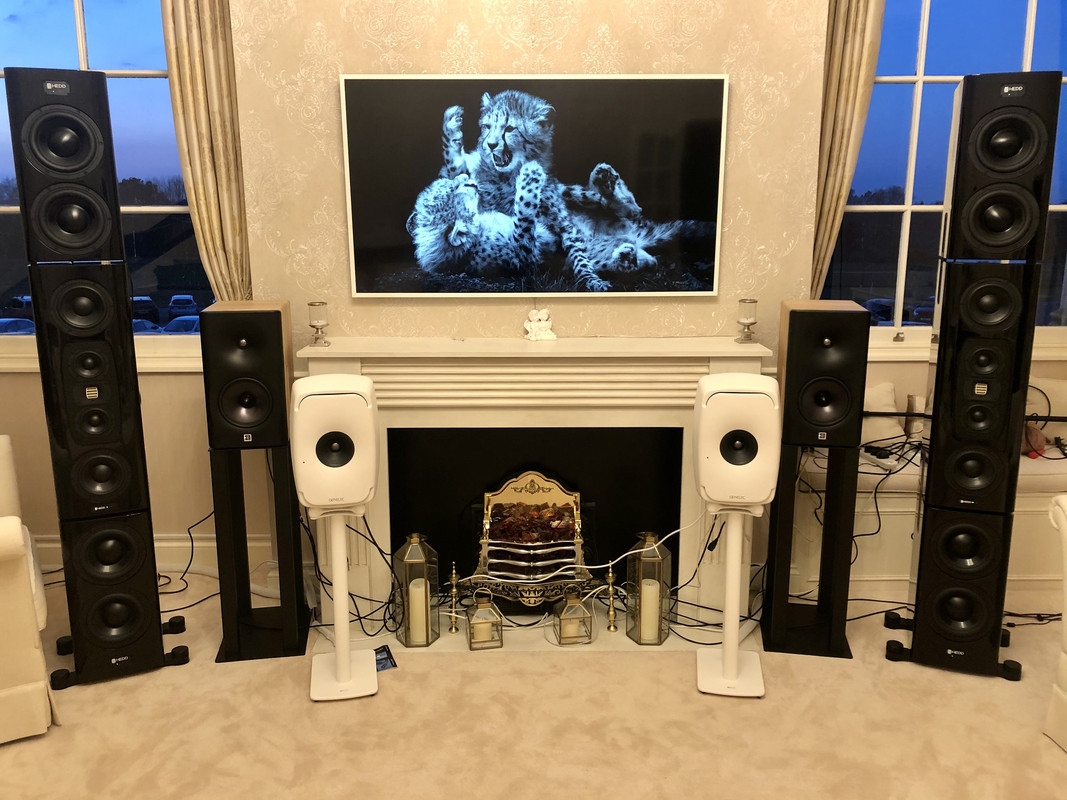Pearljam5000
Master Contributor
- Joined
- Oct 12, 2020
- Messages
- 5,244
- Likes
- 5,484
The studio version of the 8C costs around the same as the 8351B
Will probably have more bass and SPL
But I would still go for the Genelecs
Why?
Proven reliability above everything else, and also the aluminum cabinets.
and I could always add a sub down the road to come closer to the bass output of the 8C
Will probably have more bass and SPL
But I would still go for the Genelecs
Why?
Proven reliability above everything else, and also the aluminum cabinets.
and I could always add a sub down the road to come closer to the bass output of the 8C

